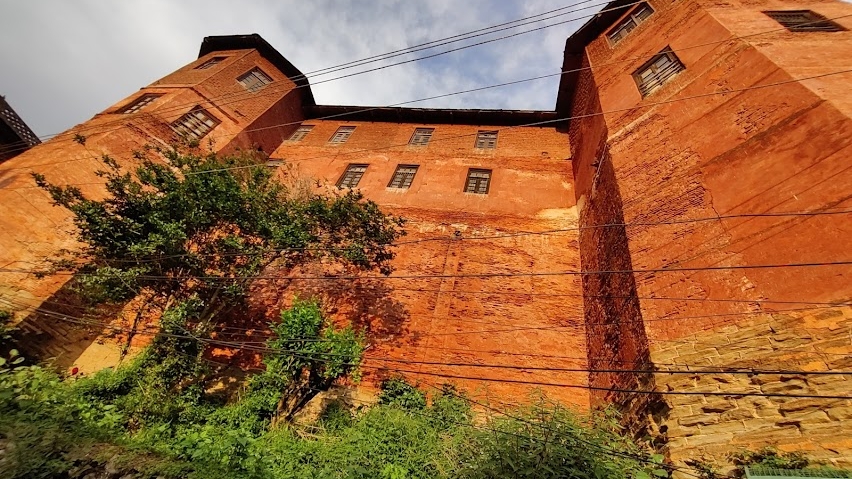
Rang Mahal
Chamba, India
- Admire the exquisite wall paintings
- Explore the palace courtyards and architecture
- Learn about the history of Chamba rulers
- Photography of historical architecture and art
Known for:
Description:
Rang Mahal, meaning 'Palace of Colours,' is a prominent historical building in Chamba, Himachal Pradesh. Built by Raja Umed Singh in the 18th century, it showcases a blend of Mughal and British architectural styles. The palace is renowned for its exquisite wall paintings, which depict scenes from Hindu mythology, courtly life, and local traditions. While a portion of the palace now houses government offices, the preserved sections offer a glimpse into the opulent lifestyle of the Chamba rulers. Visitors can admire the intricate artwork, explore the palace's courtyards, and learn about the region's rich cultural heritage. The Bhuri Singh Museum, initially housed within Rang Mahal, has since moved but stands as a testament to the palace's historical significance. It's a must-visit for history buffs and art enthusiasts alike.
History:
Rang Mahal's construction began under Raja Umed Singh in the 18th century and was later expanded by his successors. It served as the residence of the Chamba royal family and a center for administrative activities. The palace's architecture reflects the influence of both the Mughal and British empires, showcasing the changing political landscape of the time. The wall paintings within Rang Mahal were commissioned by the rulers to showcase their power, religious beliefs, and artistic patronage. Over time, parts of the palace were converted for administrative use, but efforts have been made to preserve the historical sections and their valuable artwork. The palace played a significant role in Chamba's history, witnessing important events and shaping the region's cultural identity.